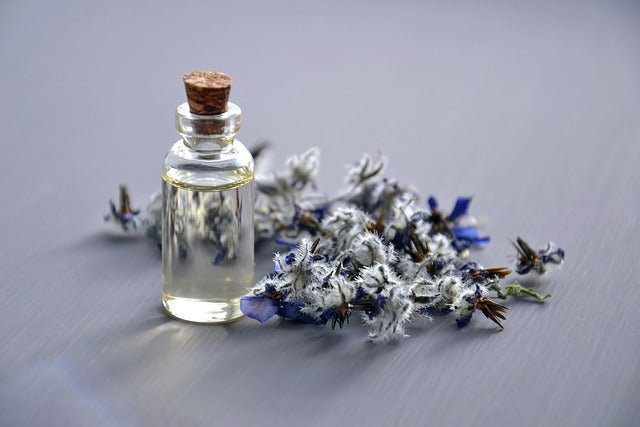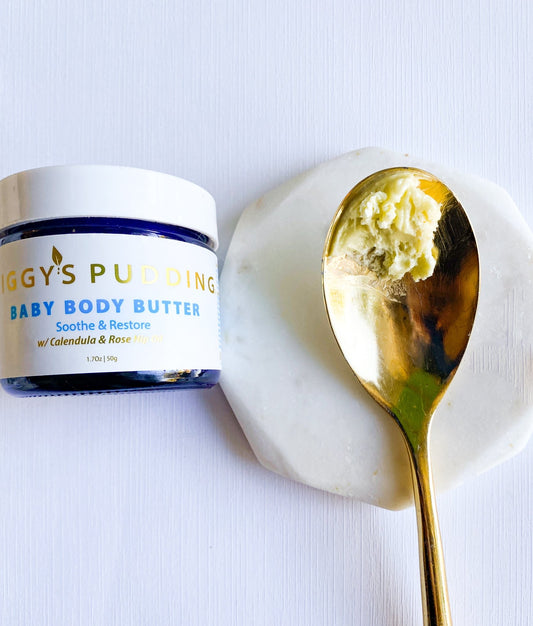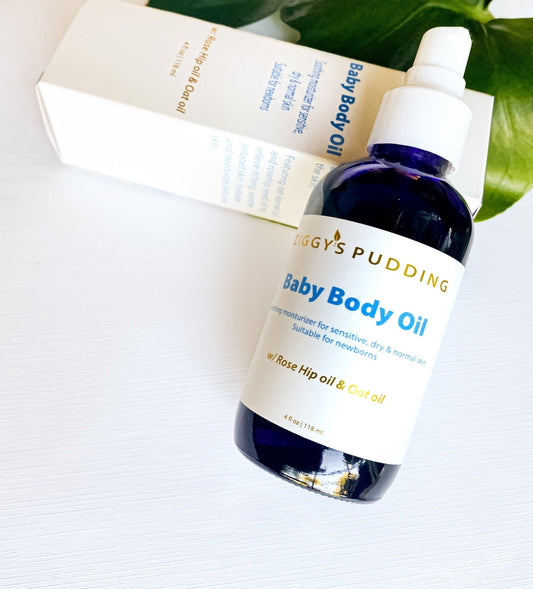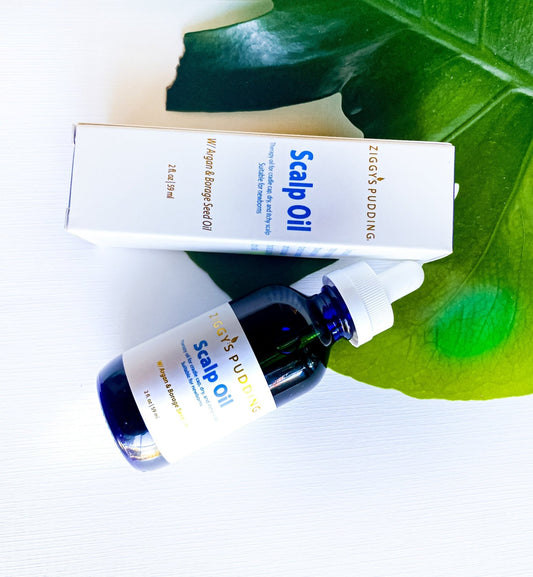Essential oils have been used for thousands of years by many cultures all around the world.
Notably, ancient Egyptians used essential oils as early as 4500 BC in their cosmetics and ointments. These oils are not only used for aromatherapy purposes but also for healing all types of ailments and skin conditions. In the previous blog: Harnessing the Power of Nature: Cold Press Essential Oil Extraction Explained, we discussed the cold process method of extracting essential oils. This blog will focus on the more popular method of essential oil extraction; distillation.
What is the distillation process of essential oil extraction?

As you know, there are two main methods of essential oil extraction, cold processing, and distillation. Distillation is the process of separating the chemical components of plants based on their boiling points. It's a process that involves heating and cooling to extract the essential oil. With the distillation process, the essential oils are converted into vapor and then condensed to a liquid, then the oil is extracted. While this process is popular, it can't be used for some plants like citrus fruits, which require cold processing.
There are two main types of distillation: steam and water distillation. Steam distillation uses vapor, while in the water distillation process, the plant is boiled to release the essential oils.
Fun Fact:
Alchemist Ibn Sina also known as Avicenna (980-1037AD), was the first to perfect steam distillation of essential oils. His method was so impactful that it remained in use for a couple of hundred years.
What is steam distillation?
Steam distillation uses steam to vaporize the essential oil from the plant parts. The plant parts are put into a still (a distillation apparatus), and the steam is forced on the plant parts. The heat from the steam forces the pockets where the essential oils of the plants are kept open, and the aromatic molecules evaporate into the steam. The steam containing the essential oils goes through a cooling system to condense it to a liquid from which the essential oil and water are separated.
In the steam distillation process, the steam can be introduced to the plant material from the bottom or the top of the still. When the steam is introduced from the top, it’s called hydro diffusion. The advantage of using hydro diffusion is that less steam is used, the processing time is shorter, and there is a higher yield.
What is water distillation?

The water distillation method submerges the entire plant material into water and is brought to a boil in the still. Once the essential oils are released, the water and essential oils are separated, similar to steam distillation. This is a less popular method of essential oil extraction, but it is still used for some plants.
Fun fact: Water distillation is how floral water or hydrosols such as rose water, are obtained.
Water distillation is a process typically used for plants that are sensitive to high temperatures like flowers. This method is slower and more labor-intensive than steam distillation.
How are the essential oils separated after distillation?
After distillation, the essential oils physically are separated from the water and other impurities through decantation and centrifugation. With decantation, the mixture is allowed to settle, then the top layer containing the essential oil is carefully poured off into a separate container. Centrifugation involves spinning the mixture at high speeds, which separates the components based on their weight.
A word of caution...
We have seen many DIY videos and blogs showing how to distill essential oils at home, this is not a safe practice. The quality and safety of the essential oil you extract are important to avoid skin irritations and other serious problems. It's important to get the proper training necessary before attempting to extract essential oils on your own. Essential oils are very potent materials, so obtaining your essential oils from a credible source is much better than doing it yourself.
In conclusion...
The most common way of extracting essential oils is through distillation. The downside is that distillation uses heat to extract essential oils. Steam distillation is the most popular method but water distillation, solvent extraction, and physical separation are also used. Essential oils are an important component of natural skincare and aromatherapy. As long as we are safe when using essential oils, we can use essential oils to effectively and naturally improve skin conditions and improve our health and well-being.
References:
Baser, K. H. C., & Buchbauer, G. (Eds.). (2010). Handbook of Essential Oils: Science, Technology, and Applications. CRC Press.
Lawless, J. (2013). The Encyclopedia of Essential Oils: The Complete Guide to the Use of Aromatic Oils in Aromatherapy, Herbalism, Health, and Well-Being. Conari Press.
Lis-Balchin, M. (2010). Essential Oils: Their Chemistry and Aromatherapy Properties. UK: Pharmaceutical Press.
Pruthi, J. S. (1980). Spices and Condiments: Chemistry, Microbiology, Technology. Academic Press.
Rehman, S. U., & Chohan, Z. H. (2010). Medicinal significance of the aromatic plants of the Lamiaceae family. In Medicinal and Aromatic Plants of the Middle-East (pp. 41-60). Springer.





